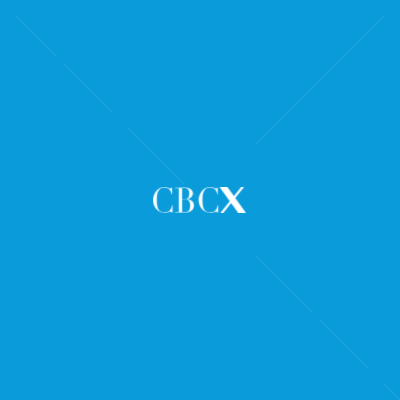In the world of CBCX trading, understanding the nuances between fixed and floating spreads can significantly impact your trading strategy. Both types have unique advantages and disadvantages that traders must weigh carefully. This guide will break down these concepts, helping you decide which might be right for your trading style.
\nUnderstanding Fixed Spreads
A fixed spread is a set price difference between the bid and ask prices offered by brokers. This means that regardless of market volatility, the spread remains constant. For many traders, this predictability is a major advantage, as it allows them to calculate costs more easily and plan trades with greater precision. However, fixed spreads may not always be the most cost-effective option during periods of high market activity, as they don't adjust dynamically to reflect real-time conditions.
The Flexibility of Floating Spreads
On the other hand, floating spreads adjust according to market volatility and liquidity levels. During times of high demand or low liquidity, such as news events or economic releases, floating spreads can widen, potentially leading to higher transaction costs. Conversely, when markets are calm and liquid, floating spreads tend to narrow, offering traders potentially lower costs. This adaptability can be beneficial for experienced traders who can capitalize on tighter spreads during stable market conditions.
Risk Management Considerations
When choosing between fixed and floating spreads, risk management becomes a key factor. Fixed spreads provide stability but may lack responsiveness to sudden market changes. In contrast, floating spreads offer flexibility but come with the risk of wider spreads during volatile times. Traders should consider their risk tolerance and trading frequency to determine which type aligns better with their goals.
Trends Shaping the Future of CBCX Spreads
Looking ahead to 2025, technological advancements and increased competition among brokers are likely to influence the landscape of spreads. Automation and AI-driven platforms could lead to more dynamic pricing models, potentially blending elements of both fixed and floating spreads. Additionally, regulatory changes might impact how spreads are structured, affecting both new and seasoned traders.
Conclusion: Making an Informed Choice
Ultimately, whether to opt for a fixed or floating spread depends on individual trading needs and strategies. As the market evolves, staying informed about emerging trends will remain crucial for making sound decisions. By understanding the pros and cons of each approach, traders can navigate the complexities of CBCX trading with confidence.













